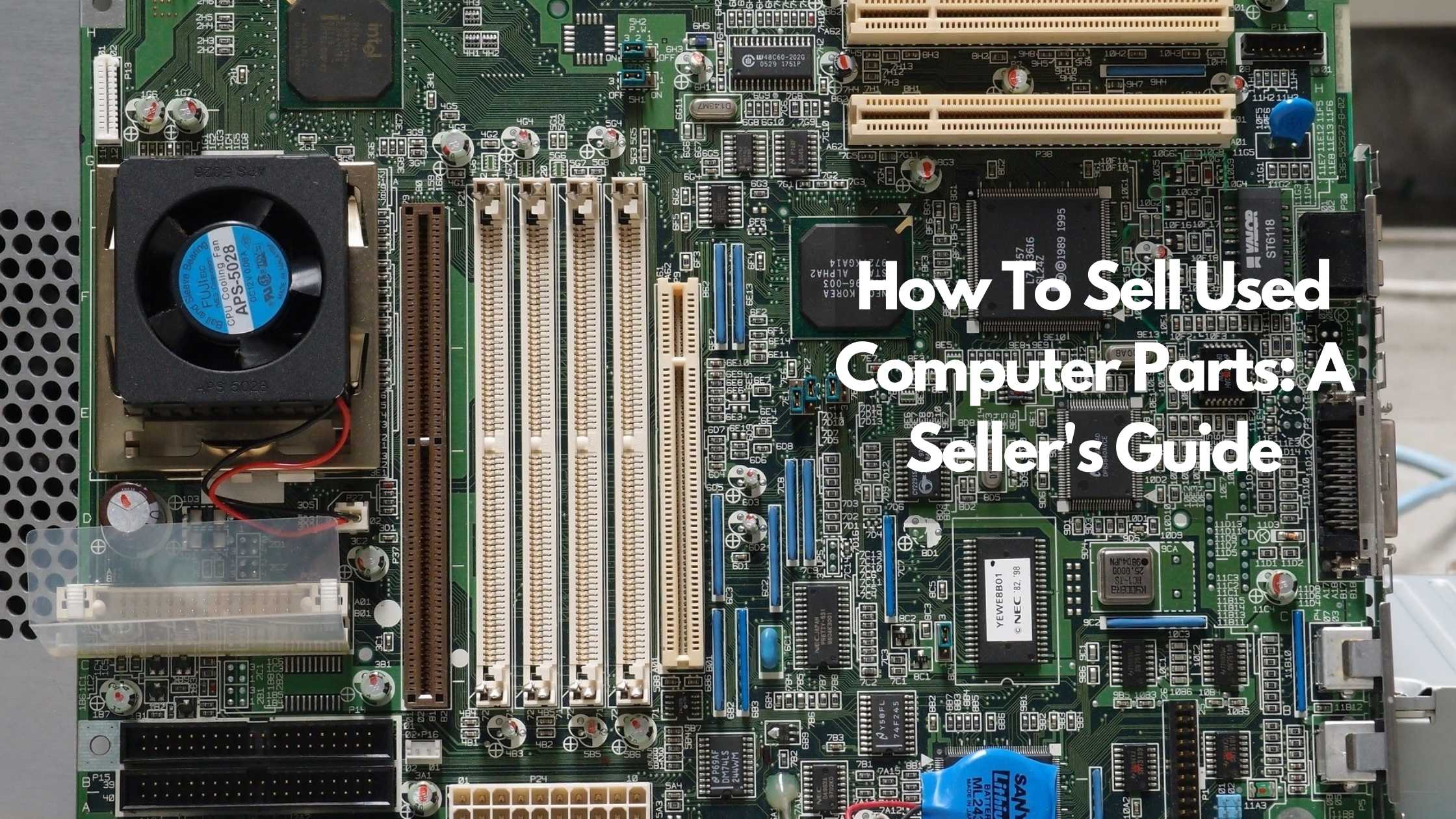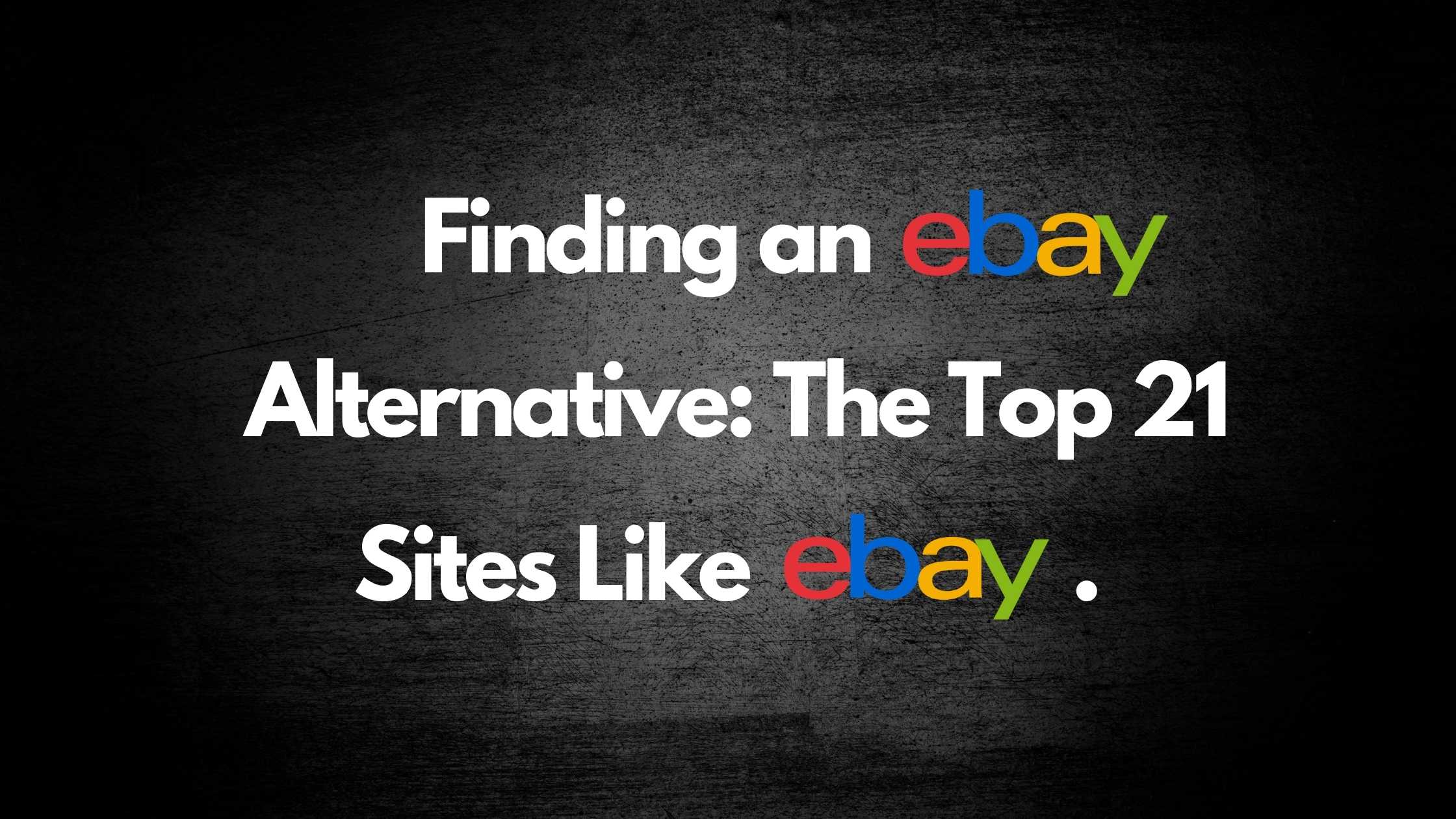
A Guide to How Much to Sell Used Clothes For
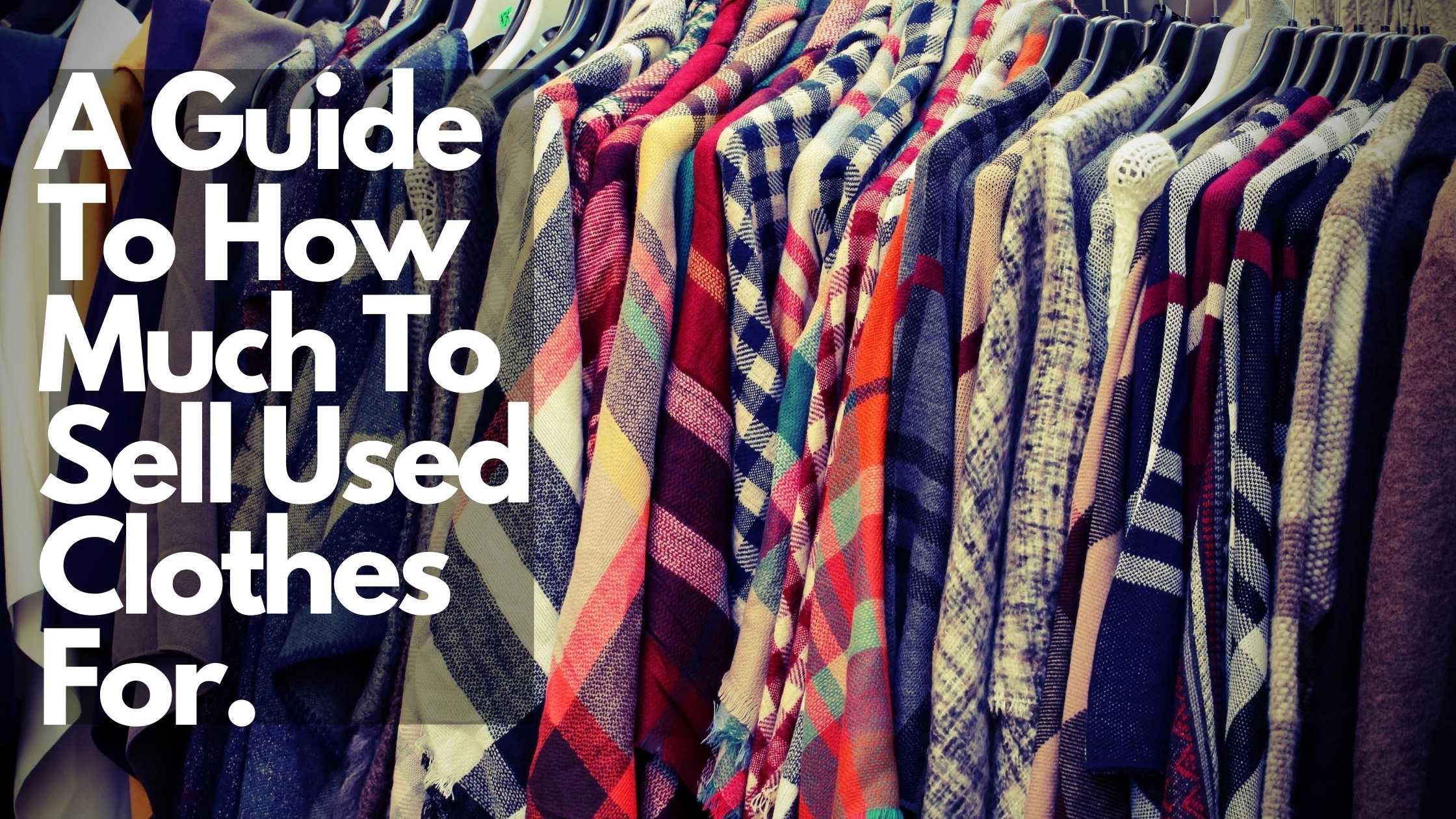
When trying to price your used clothing for sale, you need to be careful not to overprice it and end up getting no business, but you also do not want to underprice it at a loss to yourself either. There are several factors that come into play in calculating the amount of money you should charge for a used clothing item.
So, whether you are a first time seller who wants to figure out how to go about setting a price in the first place, or you are a person who has sold a few used clothes in the past and want to expand to make it a full-time side hustle (or business), this article will break down how to go about finding the correct price for your used clothing.

Know the Clothing’s Current Retail Price & Status
Start by identifying what the price of the clothing item is when it is new. Regardless of whether you, as the seller, actually spent money on purchasing the item when it was in new condition or not, the original amount of money spent on the item should be included in your calculation as a benchmark. You should not sell the product for higher than this value, and you most likely cannot sell it for equal to this value, either.
The money paid for the product when it was new would be referred to—in economics—as a “sunk cost.” In other words, the item has already been purchased and worn, so it has served its purpose and most likely has lost value because it is a now used item.
Designer Clothing
However, sometimes, your preowned piece may have features that the current style on the market no longer has, rendering your used clothing more valuable than the current model because it has antique value. This situation is common in designer clothes. There could be a particular model of a handbag that was originally made as a limited quantity with a specific design and material, for example.
When a designer creates new items, they make specific design changes that render the new version different to that older one that you may already have in your possession. Because it is a brand name item, that older piece that came in a limited supply could be an artifact that is actually in high demand.
If you don’t first research what is currently out on the market, you may not acquire this information and could end up underselling the product, so due diligence is a must!
Memorabilia Clothing
Used clothing can also sometimes be considered more valuable because of the individual who wore it. The jersey of a quarterback who led his team to a memorable victory in the Superbowl, for example, will be far more expensive than a replica of that same jersey worn by a fan of the team.

Conduct Competitor Price Research
The next thing you need to have is a general idea of the price range within which your items are sold by competitors (other sellers of used clothing) like you. Who qualifies as your competitor and the one whose prices you should compare with will be determined by the customer group you are reaching out to.
Look at used clothing sellers within your proximity. The prices they sell their used clothes for can give you a general idea of the prices that individuals are willing to pay for used clothes in your area. Typically, those looking to buy used clothing are consumers who wish to cut costs; it is essential to keep this in mind.
- Comparing to these similar online ventures, if you price your clothing items lower than they are providing theirs for, it may go quicker, but it will not be a profitable decision in the long run.
- Similarly, if priced too high, your clothing will usually not be able to differentiate itself enough to attract people to purchase it at a higher price, especially since the lower price point is one of its selling points.
But used clothing sellers within your proximity may not be the reference point that you need depending on the medium in which you intend to sell the clothing. If you plan to make sales in person at a physical store location in addition to online, then the stores within your proximity are definitely worth the research.
However, if you are selling the clothes over the internet or through an app like Sheepbuy, ASOS, Vinted, or maybe eBay, then you need to redirect your research to your actual competitors—other individuals who are also selling their used clothing through the same medium.
The type of price research you do will need to go beyond dollar amount, though. You should also consider the type of clothing you are trying to sell. For example, a business-casual maternity dress and a child’s faded blue jeans may both be pieces of used clothing, but they may not necessarily be valued at the same price.
Because of this, group the clothing you have based on the occasion, the individual who would wear it, size, and gender. Then, find the correct price range for each type of clothing represented in your selling items.
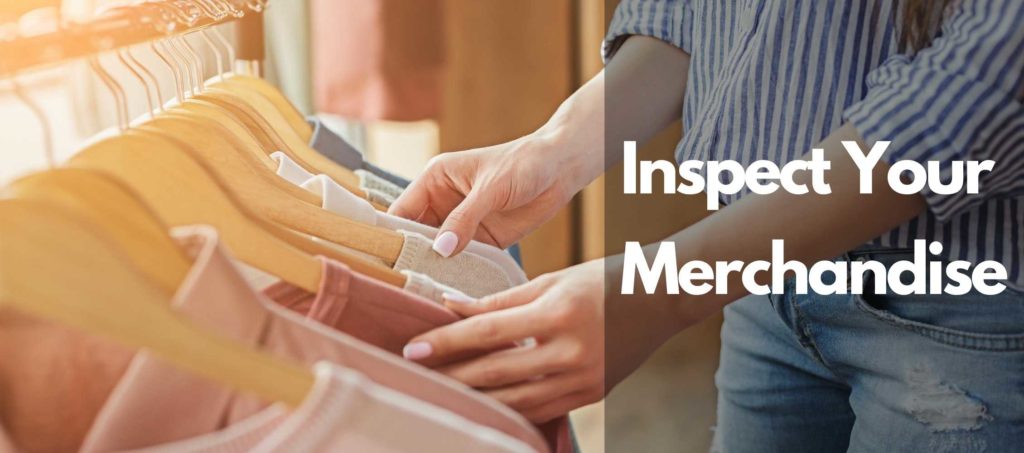
Inspect Your Merchandise
After figuring out a price range for your clothing, your next step is to carefully inspect your clothing so you can be sure of the quality and the characteristics of those clothes which you wish to sell.
If you discover rips, tears, or permanent stains, these things could be permanent damage to the clothing that may render it valueless after all. If the damage is something that cannot be easily repaired, then It is advisable to either opt for donating these permanently damaged clothes outright or throwing them away if they are rendered unwearable.
Beyond the permanent damage that some of the clothing may have incurred, others may just be slightly altered or damaged and are still suitable for sale. However, your price should reflect the depreciation in the quality of the clothing.
How can this devaluation be quantified into a certain amount we can definitively subtract from the price estimates we have made? This does not necessarily have to be a high-level calculation with all sorts of variables and things involved. It can be as easy as visiting a few thrift stores in your area to find out how clothes that have some damage are priced differently from clothes in excellent physical condition.
This is also a different form of price research, but this time you want to get the opinions of potential buyers. You can also ask friends how much they would be willing to pay for a piece of used clothing in the case where there is a specific piece of damage to the clothing that they might have to fix later on.
The same process must be applied to clothing accessories such as shoes, bags, or jewelry that you are selling used. A broken heel on a pair of shoes or broken handle on a clutch purse, for example, may devalue these things altogether or render them unusable.
If there are damages that you choose to fix on your own dime, you can always do so and then factor the cost of repairs into the price of the product at the point of sale. Just remember that certain damages will continue to persist even if they are fixed the first time.

Factor in Costs
Besides the cost of repairs and the cost of having to throw some of your items away altogether, many other costs will need to be factored into your final prices. These costs are significant to note because if you end up charging too low for your clothing, you cannot cover the costs of selling them in the first place.
Advertising Costs
Factor in the price of advertising. Most stores or selling platforms, whether physical or online, depend primarily on word of mouth to get information on their products out there. Some of this word of mouth will be acquired by satisfied customers who just want to recommend you to others. But you usually won’t be able to get your name out there fast enough, depending on this alone.
If you are just trying to casually sell off some clothes and change up your wardrobe, you do not need to advertise your business, just your current product. In this case, make sure you take good pictures of your merchandise, highlighting its nicest features. Otherwise, if you are starting an online store, investing some extra money in possibly a banner ad or something that can boost awareness of your brand is recommended.
Storage Costs
Sometimes, you may have to bear the cost of storage until your clothing is sold. If you are storing the clothes in your own living space, it may not be convenient, but it will not incur you extra costs. However, if you are keeping the clothes in a storage space or inside a physical store, then factor in the costs of keeping the clothes there and spread that cost over each of the clothing items you’re selling.
Shipping & Handling Costs
If you sell the clothing online, you will likely need to send the clothing to the buyer who eventually purchases it. If you want to minimize the cost of postage, you will need to factor this amount into your final sales price, especially if you’re offering an incentive like free shipping for the customer.
Bargaining Costs
The last cost you need to factor in is the cost of bargaining. Often, when dealing with thrifting, customers may try to bargain with you at the point of sale to lower the price, especially if you are selling the product online. Because some type of bargaining will come into play, unless you have established a final price, you can expect that bargaining will lead to lowering the price. With this in mind, have a final price that you are willing to accept and charge a little bit higher than this price so that you do not run into a loss.
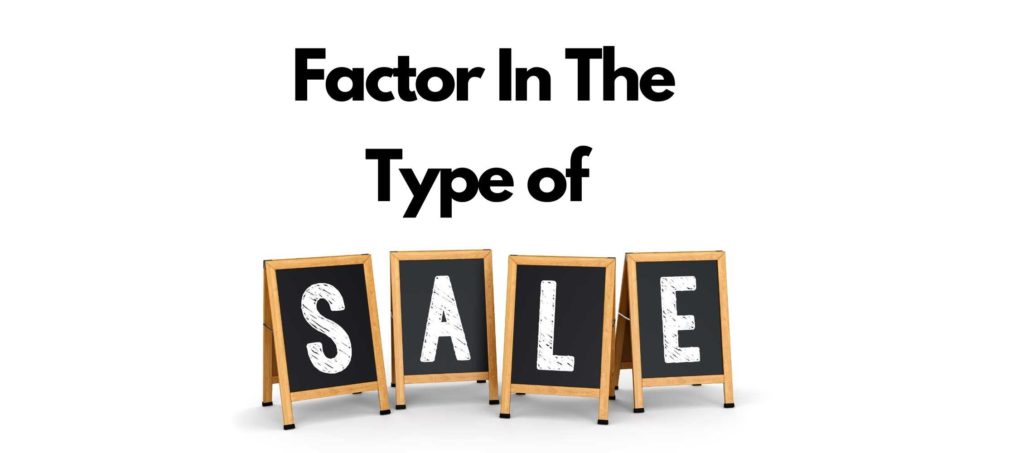
Factor in the Type of Sale
The business model of your online store can affect the pricing bracket of the used clothing items you are selling. There are four main types of selling models for used clothing: consignment, resale, retail, and rental.
Consignment
Consignment refers to a situation where goods are placed in the care of a store to be purchased by a buyer. The store does not own the goods; the owner (also known as the “consignor”) who gives the goods to the store retains ownership. Some luxury brands consign some of their refurbished products to physical and online stores.
This is an affordable way to sell used luxury clothing and clothing accessories, but there are some logistics involved in it. A percentage of every sale has to be paid to the consignor. They may take any amount from 25 up to 60 percent of sales.
The rule of thumb for pricing items in a consignment deal is to set the sale price of the item somewhere between 25 to 40 percent of the item’s original price. This is a tricky pricing situation because it requires creating a balance that will meet everyone’s requirements.
As the store selling items, you must also have a revenue goal. To create the ideal price for the customers looking to purchase the goods, consider the percentage the consignor will deduct, and estimate the number of sales you expect. The amount that is left over after the deduction should help you determine the final pricing of the items.
An example of a store that sells used luxury clothing and operates as a consignment is The Real Real. They do not have a single consignor; instead, people who have previously purchased a luxury clothing item but want to resell it can sign up as their consignors. This allows the seller to provide the clothing at a low price.
Resale (Buy Outright)
“Resale” here refers to selling clothes that were previously purchased. For the purposes of this article, we will use it to refer to clothes that are either bought by the store owner and used by them and then resold later or items that are donated from previous owners. This method offers a flexible arrangement for the seller.
Most often, resale is not conducted in a formal sense; many of these sales may occur over a consumer-to-consumer app where many individuals interact with minimal regulation.
The caveat attached to selling your used clothes over a consumer-to-consumer app is that usually you are given a certain percentage of the total sale outright, or a percentage of the money on the transaction is pre-arranged to be paid to the site. Each site varies in this area and the amount of money you can make from a sale.
If the site handles the logistics of mailing and facilitates the small details of the sale, and you do not mind receiving a smaller percentage of your own proceeds, then look for a site that covers all of these features.
But, if you care about the portion of the money that will come back to you directly, then try to adjust the price to meet that mark. However, stay practical; do not overprice the clothing just to make the amount of profit that you want to. Look through your options of sites to find out which one will offer you the best deal in terms of receiving money back on the transaction.
If you have difficulty identifying which online platform will be best suited to your specific desires as the seller, make a table with the sites you are considering, list out their fees, and the services they offer side-by-side. Usually, laying it out in front of you will make it easier to identify the one that meets your preferences quickly. Then, based on the site you have chosen, adjust your price accordingly.
| Site | Pricing Structure | Services Covered for Seller |
| Sheepbuy | Basic plan allows users to list and sell up to 3 items (1 piece of inventory each) without hidden fees. Starter plan ($2.99/month) lets users have 25 active listings (3 pieces of inventory each). Plus plan ($12.99/month) gives you 150 active listings (5 pieces of inventory each). | Receive funds from purchases instantly via PayPal.Subscription plans offer various marketplace solutions for sellers. |
| eBay | Insertion fee – Free to a limit, after $0.30 per postFinal value fee – 10% of final price +shipping and handling charged to the customer | The marketing part of the platform depends on the optimization of the post.Shipping not covered by eBay directly. |
| Poshmark | $2.95 on all sales below $15 20% commission on all sales above $15 | The app handles shipping and charges buyers a flat rate. |
| ThredUp | Sellers can earn a maximum of 80% of resale price | They handle the whole sale; you just have to load your clothing in an empty bag provided by the app and leave it for the mailman. |
Retail
Retail is the most straightforward of the four business models discussed here. Stores that sell used clothing such as Goodwill or Uptown Cheapskate are popularly known in the market. You can donate clothing to these stores, and then they refurbish the clothing and resell it to other individuals.
If you are starting an online store that would potentially compete with stores such as those mentioned, consider following these tips:
Your merchandise will most likely be acquired from purchasing used clothing from others, and then reselling them. You can purchase the items at a discounted price by looking for clearance items on any of these same apps where used clothing is sold. Most online retail apps have a section where they post items on sale.
Alternatively, you can offer to purchase clothing from people nearby at a low flat rate per item of clothing. Purchasing the used clothing and then fixing and reselling it should be factored into your costs.
With apps like ASOS and Etsy, you will handle the logistics of shipping, but you can charge customers for shipping separate from the price of the clothing. This does mean that you will also need to figure out what would be a reasonable charge for shipping that would still allow you to recuperate some profit. But you can base the charge on shipping on the individual’s postal area, and type of shipping.
Then, you can acquire lowered prices by subscribing to bulk postage services with low monthly subscription costs, designed to handle shipping for a customer. This sort of service makes it possible to apply a flat rate to different types of postage that you can charge the customer at the point of sale.
Rental
Renting used clothes is a new trend that seems to have developed over the past five years. Individuals visit boutiques to rent out a used piece of clothing or a clothing accessory for a special event (or for normal wear). Then, after a contractually agreed upon period, the clothing item is returned and sometimes exchanged for a different clothing item.
As this is a newer model, there is some ambiguity in how to price the renting of used clothing. Several factors come into play here:
When renting out used clothes, you maintain ownership of the clothing, and therefore, you will bear the costs of continued maintenance to keep the clothes viable for anyone who wants to rent it out next. For example, there will be more extensive laundry costs, and there may be a need for a seamstress to make sure tears are patched up.
You could potentially charge higher than you would to sell the outfit outright, depending on the quality of the clothing and whether it is a brand name of clothing or not. This would also depend on how rare that clothing item is.
If, for example, you were renting designer bags that are difficult to acquire elsewhere as used clothing items, individuals would be willing to pay a premium, sometimes monthly, to be able to rent any of the bags in question.
A good rule of thumb is to use the product’s off-shelf price as a benchmark. From there, list out what your monthly maintenance cost would be for each piece of clothing. Compare this price with your closest competition; this may not necessarily be another clothing rental business, but someone who offers closely similar services. Then price your product accordingly.
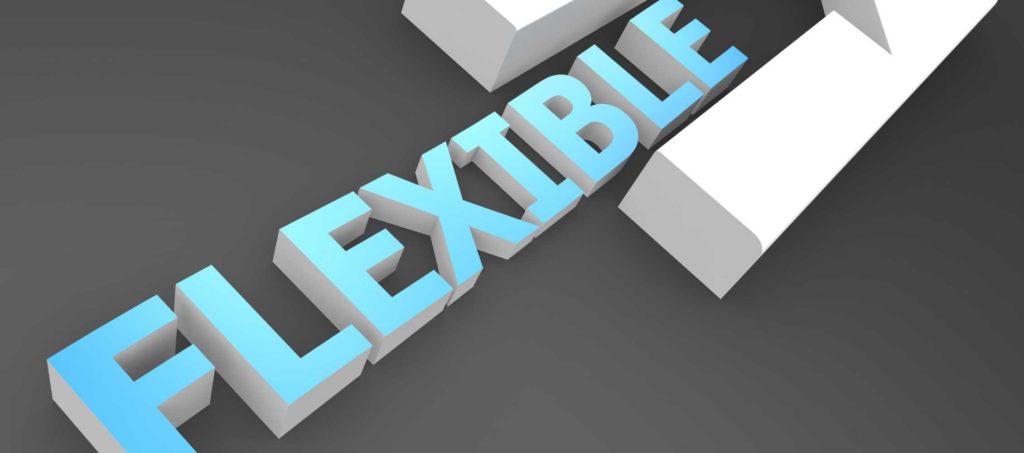
Be Flexible
Do not forget the market you are in and the nature of selling used clothing in any forum or to any individual or group. The price can get affected by numerous different factors such as the medium of sale, the costs of selling, and bargaining on the price with potential customers. It is advisable to have an acceptable price range within your mind but be open to the possibility of adjustments being made to it.
Getting too hung up on a specific price could waste your time in the long run. The greatest indication of what the price of a product should be lies actually in the customers: how much are they willing to pay for your clothing item? Remember that some people may just be looking for the best deal and will do their best to pay as little as possible.
The nature of this market is also such that acquiring a skill in bargaining and in understanding the psychology behind auctions will be an essential tool that you should seek to have. The influence of consumers on price could go both ways. A customer who is good at thrifting could force a bargain so low that you end up selling at a loss. On the other hand, an auctioning situation could push the price up and lead you to make far more money than expected.
If you are to put clothing items of good quality up for auction on eBay, for example, and you can understand the proper time to pull out and sell the item, you can push more profit than you originally bargained for. This will be subject to the factors listed previously in this article, such as special features the clothing item possesses.
Conclusion
To summarize, when trying to price used clothing to sell it, you need to consider several factors. These factors are:
- The clothing’s price when it is new on the market
- What price similar used-clothing sellers are selling their merchandise for
- The type of clothing being sold
- The costs associated with the sale
- The type of business model used to sell the clothes and what role you play in that business model
- Whether there are distinguishing features in the clothing you wish to sell that sets its price apart or makes it of antique value
Having considered all these factors, it is essential to remember to ask yourself this: can you price the clothing in such a way that you are comfortable with the returns you can make from it? The used clothing market is not necessarily a market with a lot of formality attached to it, so anyone looking to sell their clothes within this market should be able to be flexible with the final price.
While selling used clothes is often something individuals can choose to do on a whim, once you master the skill of properly pricing the clothing, it can turn out to be a worthwhile business venture to enter into the long-term.
Recommended Blog Posts:
TRENDING


Online Arbitrage for Beginners (Step-by-Step Guide)
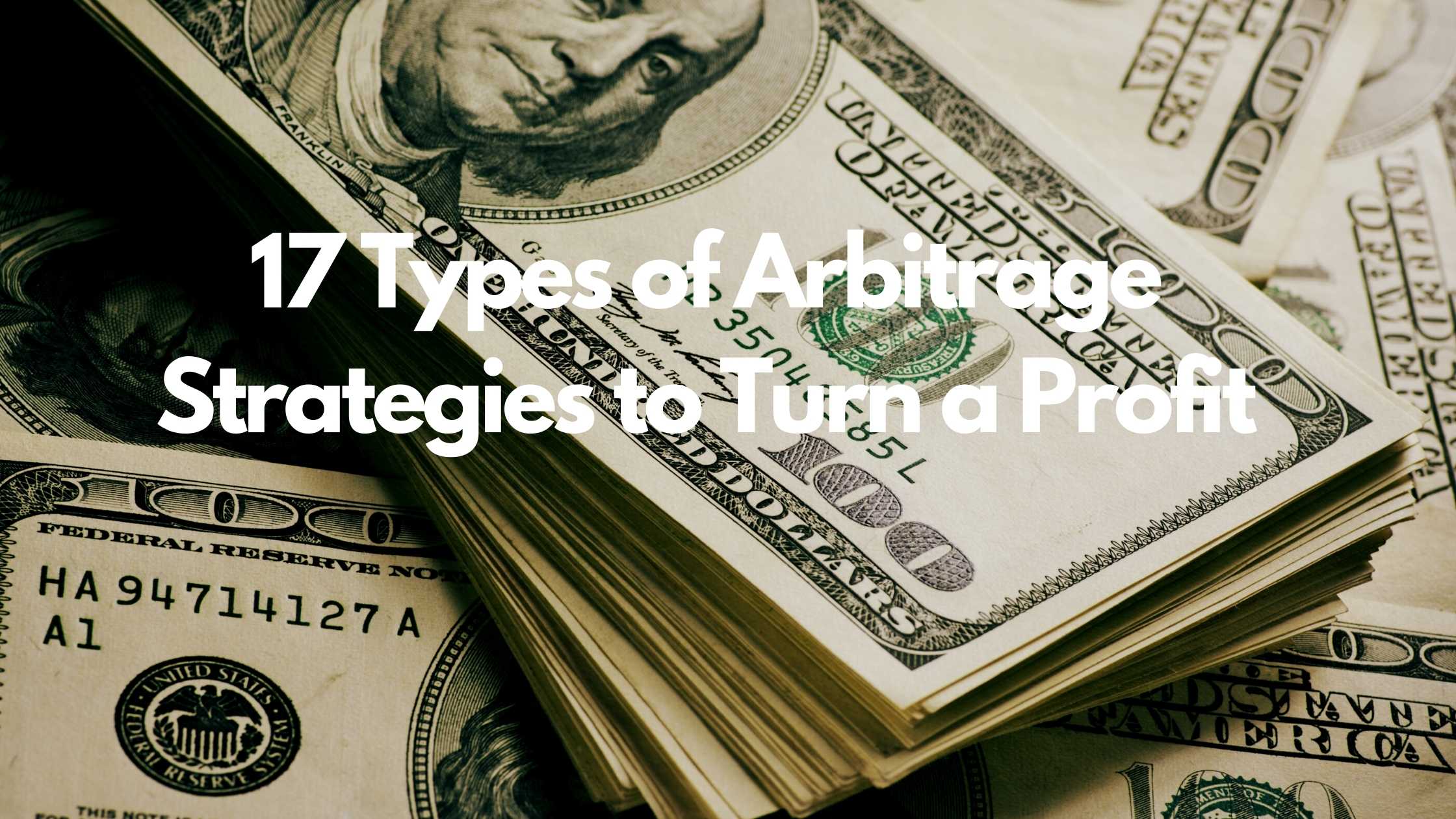
17 Types of Arbitrage Strategies to Turn a Profit
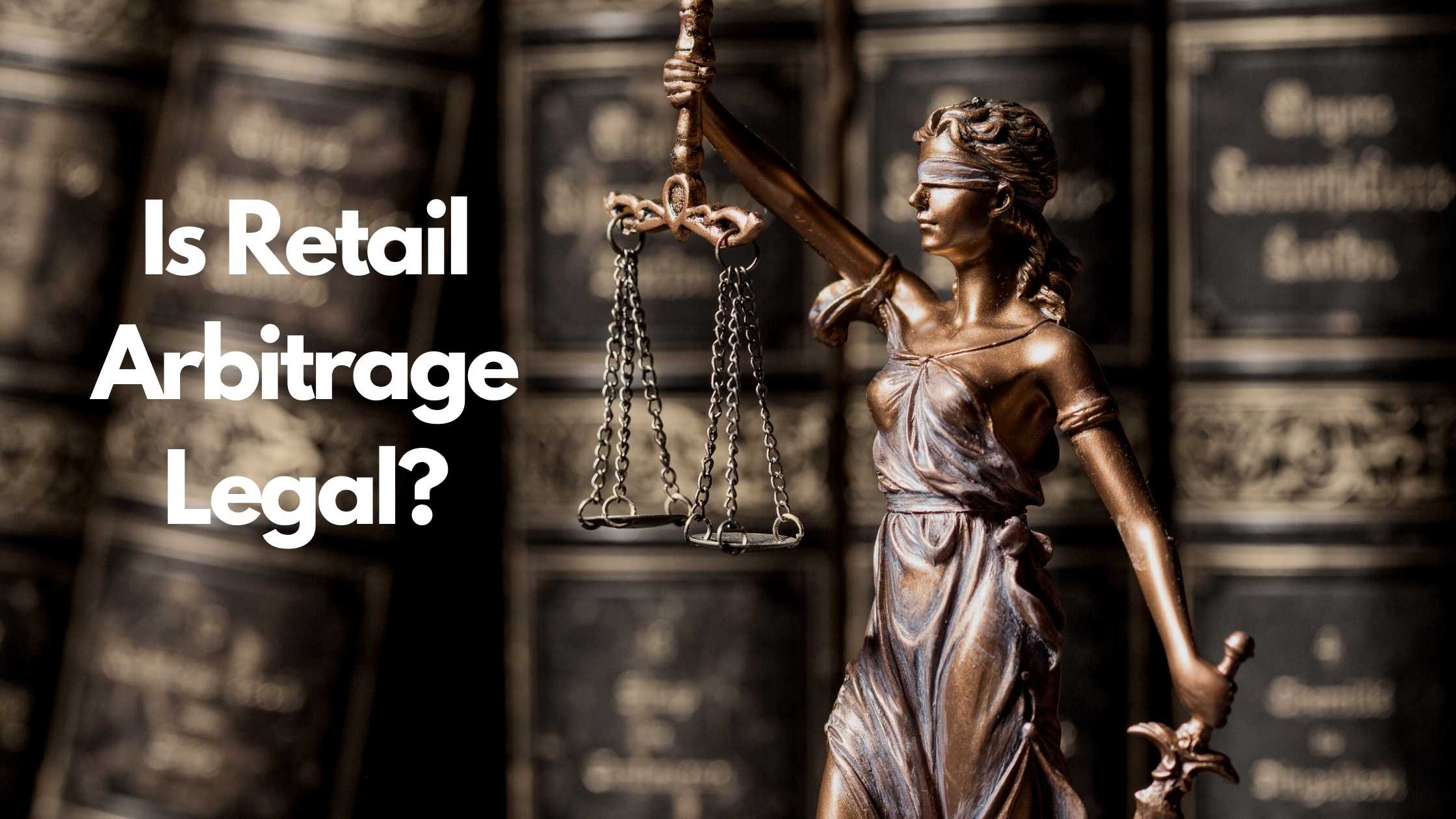
Is Retail Arbitrage Legal?

How to Turn Textbook Arbitrage into a Business for Profit

How Can You Tell if a Book is a First Edition?

What to Do With Your Jigsaw Puzzle When Finished?
